I’m Sure All Lesbians That Grown Up Watching The Mummy And Having A Big Crush On Rachel Weisz Are Crying
I’m sure all lesbians that grown up watching The Mummy and having a big crush on Rachel Weisz are crying in lesbian right now
More Posts from Dynamic-light-scattering and Others
Meet NASA Astronaut Jessica Meir

Jessica Meir dreamed of the day she would make it to space since the age of five. That dream became a reality on Wednesday, Sept. 25, 2019 as she left Earth on her first spaceflight – later floating into her new home aboard the International Space Station. Jessica lifted off from Kazakhstan in the Soyuz MS-15 spacecraft at 9:57 a.m. EDT (1357 GMT) alongside spaceflight participant Ali Almansoori, the first United Arab Emirates astronaut, and Oleg Skripochka, a Russian cosmonaut.

As an Expedition 61 and 62 crew member, Jessica will spend six months in the vacuum of space – conducting research on a multitude of science investigations and participating in several Human Research Program studies.
While Jessica’s new home is more than 200 miles over the Earth, she is no stranger to extreme environments. She studied penguins in Antarctica and mapped caves in Italy – both of which prepared her for the ultimate extreme environment: space.
Get to know astronaut and scientist, Jessica Meir.
Antarctic Field Researcher
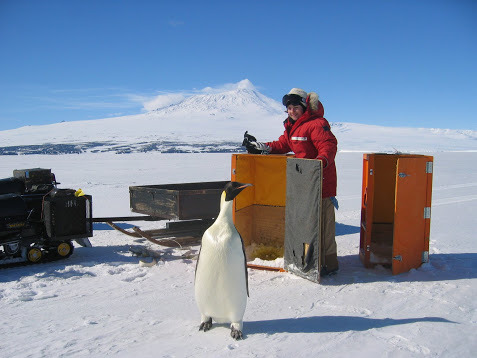
For her Ph.D. research, Jessica studied the diving physiology of marine mammals and birds. Her filed research took her all the way to Antarctica, where she focused on oxygen depletion in diving emperor penguins. Jessica is also an Antarctic diver!
Geese Trainer

Image Credit: UBC Media Relations
Jessica investigated the high‐flying bar-headed goose during her post‐doctoral research at the University of British Columbia. She trained geese to fly in a wind tunnel while obtaining various physiological measurements in reduced oxygen conditions.
Wilderness Survival Expert

In 2013, Jessica was selected as an Astronaut Candidate. While training to be a full-fledged astronaut, she participated in three days of wilderness survival training near Rangeley, Maine, which was the first phase of her intensive astronaut training program.
Mission Control Flight Controller
In our astronaut office, Jessica gained extensive mission control experience, including serving as the Lead Capsule Communicator (CapCom) for Expedition 47, the BEAM (Bigelow expandable module on the International Space Station) mission and an HTV (Japanese Space Agency cargo vehicle) mission. The CapCom is the flight controller that speaks directly to the astronaut crew in space, on behalf of the rest of the Mission Control team.
She’s reconnecting with her best friend… in space!

Following a successful launch to the space station, NASA astronaut Christina Koch tweeted this image of Jessica and the crew on their journey to the orbital lab in a Soyuz spacecraft. Excitement was high as Christina tweeted, “What it looks like from @Space_Station when your best friend achieves her lifelong dream to go to space. Caught the second stage in progress! We can’t wait to welcome you onboard, crew of Soyuz 61!”

We know. #FriendshipGoals.
Follow Jessica on Twitter at @Astro_Jessica and follow the International Space Station on Twitter, Instagram and Facebook to keep up with all the cool stuff happening on our orbital laboratory.
Make sure to follow us on Tumblr for your regular dose of space: http://nasa.tumblr.com



#well mark me down as scared and h*rny
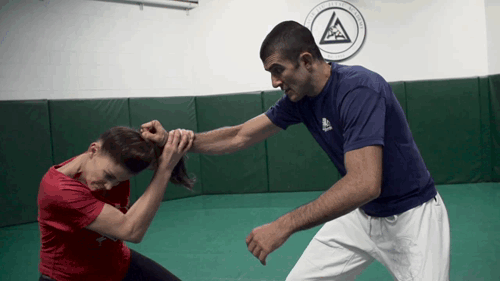
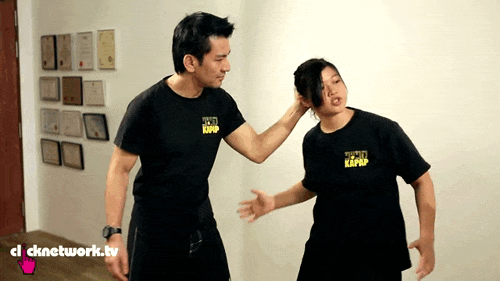
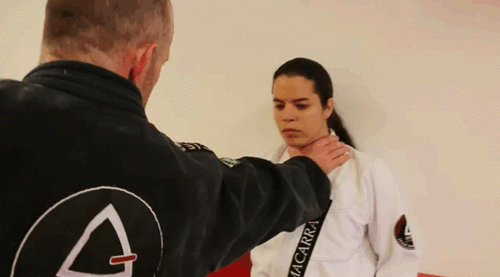
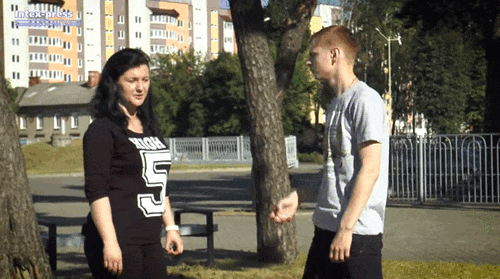
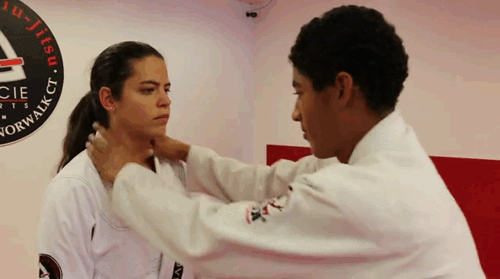
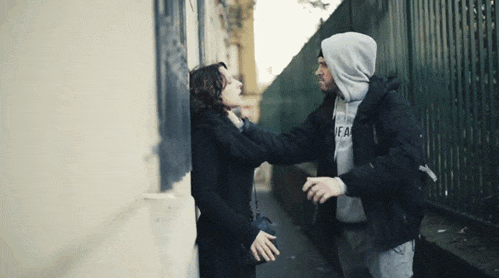

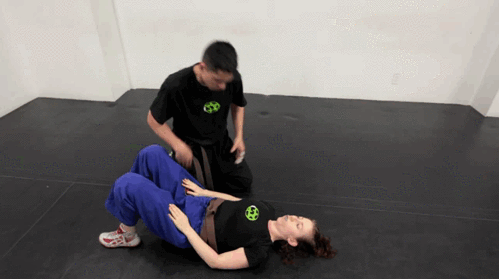
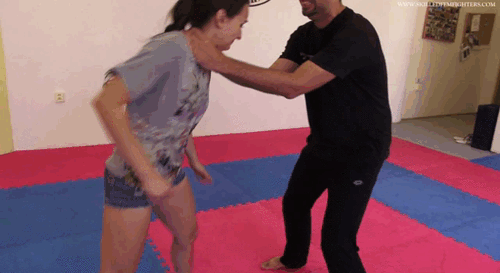
How to Escape a Hair Grab or a Neck Grab ? Look at them, carefully.
tai chi pants on http://www.icnbuys.com/tai-chi-pants give you surprise at the new year.
follow back


hayley in the beginning and end of her 20’s






UEFA Women's Champions League Portraits: Christiane Endler
📷 : Aurelien Meunier - UEFA/UEFA via Getty Images
I'm so proud of how far did we get and mostly for a woman being the responsible for the algorithm that allowed to capture the first ever image of a black hole. GIRL POWER.
Since I’m not seeing her name nearly enough on the press, let’s give the attention Katie Bouman deserves. Thanks to her, we are now possible to see the first ever image of a black hole, something that people talked 200 years ago for the first time. It’s no longer a myth. We are girls and we can be whatever we want to be. Einstein would be proud of you, Katie. Thank you!


Here you can see a huge stack of hard drives she used for Messier 87’s black hole image data.
So many theories. ......
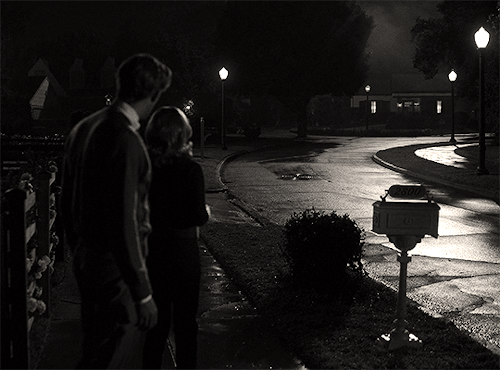
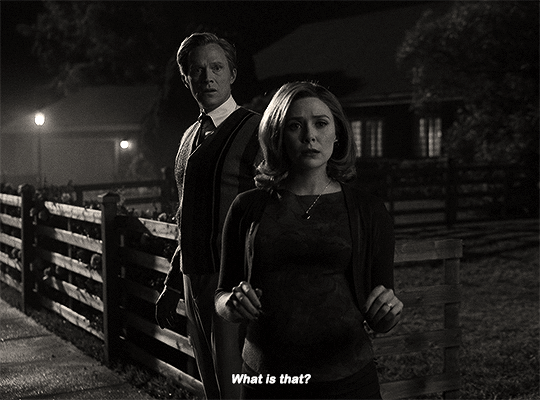
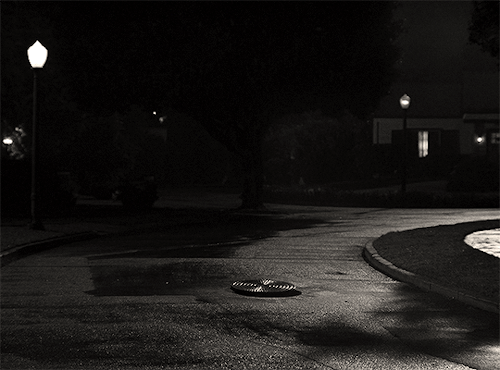


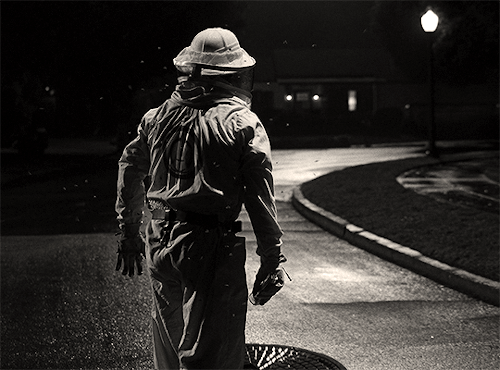
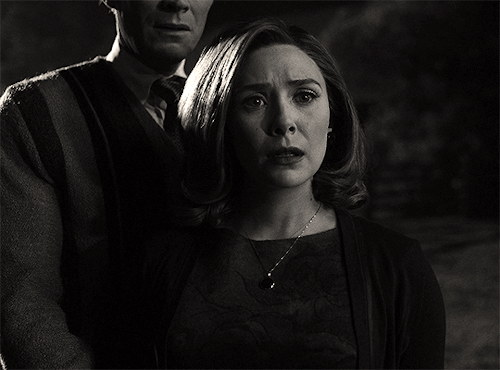
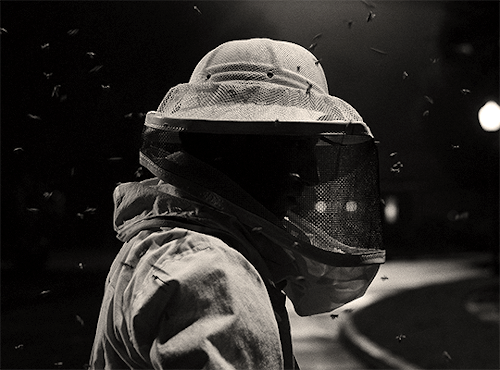
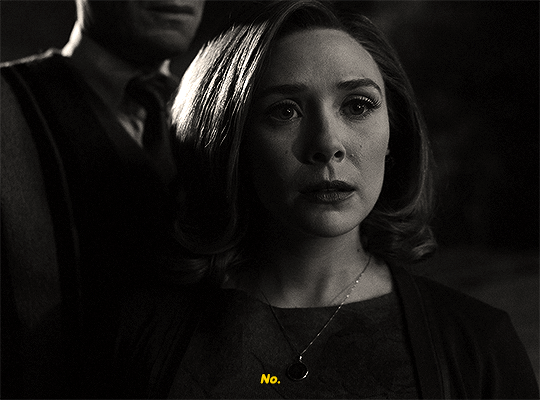
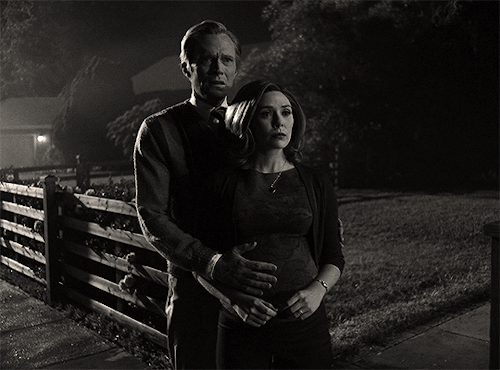
WANDAVISION (2021)

Venus and the Sisters via NASA https://ift.tt/3dMwOYm
After wandering about as far from the Sun on the sky as Venus can get, the brilliant evening star is crossing paths with the sister stars of the Pleiades cluster. Look west after sunset and you can share the ongoing conjunction with skygazers around the world. Taken on April 2, this celestial group photo captures the view from Portal, Arizona, USA. Even bright naked-eye Pleiades stars prove to be much fainter than Venus though. Apparent in deeper telescopic images, the cluster’s dusty surroundings and familiar bluish reflection nebulae aren’t quite visible, while brighter Venus itself is almost overwhelming in the single exposure. And while Venus and the Sisters do look a little star-crossed, their spiky appearance is the diffraction pattern caused by multiple leaves in the aperture of the telephoto lens. The last similar conjunction of Venus and Pleiades occurred nearly 8 years ago.
(Published April 04, 2020)
only time and chromatography can hahahaha

The lab ran out of balloons that we often use to keep reactions under nitrogen atmosphere and a colleague had a a desperate attempt to use a nitrile glove instead of a balloon.
I think that anyone is able to decide whether or not it has been successful…






Terminator: Dark Fate, Behind the Scenes / Mackenzie Davis
The biggest injustice was that we never got a training video for Mackenzie in Dark Fate.
-
 saltmatchescandlewax reblogged this · 1 year ago
saltmatchescandlewax reblogged this · 1 year ago -
 realmofvantablack reblogged this · 3 years ago
realmofvantablack reblogged this · 3 years ago -
 awaytochannelthoughts liked this · 3 years ago
awaytochannelthoughts liked this · 3 years ago -
 flickershope liked this · 3 years ago
flickershope liked this · 3 years ago -
 flirflir liked this · 3 years ago
flirflir liked this · 3 years ago -
 creepygiulia liked this · 3 years ago
creepygiulia liked this · 3 years ago -
 theepiclearner liked this · 3 years ago
theepiclearner liked this · 3 years ago -
 stenfalk liked this · 3 years ago
stenfalk liked this · 3 years ago -
 katemusic liked this · 3 years ago
katemusic liked this · 3 years ago -
 bigfootstits reblogged this · 3 years ago
bigfootstits reblogged this · 3 years ago -
 sleepy-time liked this · 3 years ago
sleepy-time liked this · 3 years ago -
 god-blessica liked this · 3 years ago
god-blessica liked this · 3 years ago -
 mortal--soul reblogged this · 3 years ago
mortal--soul reblogged this · 3 years ago -
 mortal--soul liked this · 3 years ago
mortal--soul liked this · 3 years ago -
 pagan-geek-girl-4-life reblogged this · 3 years ago
pagan-geek-girl-4-life reblogged this · 3 years ago -
 wingedpicklefishwagon reblogged this · 3 years ago
wingedpicklefishwagon reblogged this · 3 years ago -
 wingedpicklefishwagon liked this · 3 years ago
wingedpicklefishwagon liked this · 3 years ago -
 weaselfishchocolatemilk liked this · 4 years ago
weaselfishchocolatemilk liked this · 4 years ago -
 bkuwabara liked this · 4 years ago
bkuwabara liked this · 4 years ago -
 fckiit reblogged this · 4 years ago
fckiit reblogged this · 4 years ago -
 mothmansslut reblogged this · 4 years ago
mothmansslut reblogged this · 4 years ago -
 bathrobe-of-doom liked this · 4 years ago
bathrobe-of-doom liked this · 4 years ago -
 thegirlyouknow liked this · 4 years ago
thegirlyouknow liked this · 4 years ago -
 suntori-time liked this · 4 years ago
suntori-time liked this · 4 years ago -
 dazzlewlw liked this · 4 years ago
dazzlewlw liked this · 4 years ago -
 tsaaa liked this · 4 years ago
tsaaa liked this · 4 years ago -
 lyntotxxx liked this · 4 years ago
lyntotxxx liked this · 4 years ago -
 featherlilacmotherfucker liked this · 4 years ago
featherlilacmotherfucker liked this · 4 years ago -
 ninjaubrey liked this · 4 years ago
ninjaubrey liked this · 4 years ago -
 prospitfox liked this · 4 years ago
prospitfox liked this · 4 years ago -
 furiousfinnstan liked this · 4 years ago
furiousfinnstan liked this · 4 years ago -
 drunkkatemoss liked this · 4 years ago
drunkkatemoss liked this · 4 years ago -
 xocomilxolo liked this · 4 years ago
xocomilxolo liked this · 4 years ago -
 st4rlady liked this · 4 years ago
st4rlady liked this · 4 years ago -
 ifyouvefoundmefuckoff liked this · 4 years ago
ifyouvefoundmefuckoff liked this · 4 years ago -
 theloserscluub liked this · 4 years ago
theloserscluub liked this · 4 years ago -
 romaakerman liked this · 4 years ago
romaakerman liked this · 4 years ago -
 nighthair liked this · 4 years ago
nighthair liked this · 4 years ago -
 gamejaxx liked this · 4 years ago
gamejaxx liked this · 4 years ago -
 justapersonwithsomedistractions liked this · 4 years ago
justapersonwithsomedistractions liked this · 4 years ago -
 sisisexperience liked this · 4 years ago
sisisexperience liked this · 4 years ago -
 unrequited-daydreams liked this · 4 years ago
unrequited-daydreams liked this · 4 years ago -
 cubedcoffeecake liked this · 4 years ago
cubedcoffeecake liked this · 4 years ago -
 zebraatthezebracrossing liked this · 4 years ago
zebraatthezebracrossing liked this · 4 years ago -
 ritathememermaid liked this · 4 years ago
ritathememermaid liked this · 4 years ago -
 commanderofclexaship liked this · 4 years ago
commanderofclexaship liked this · 4 years ago -
 freakishfangirl24 reblogged this · 4 years ago
freakishfangirl24 reblogged this · 4 years ago
